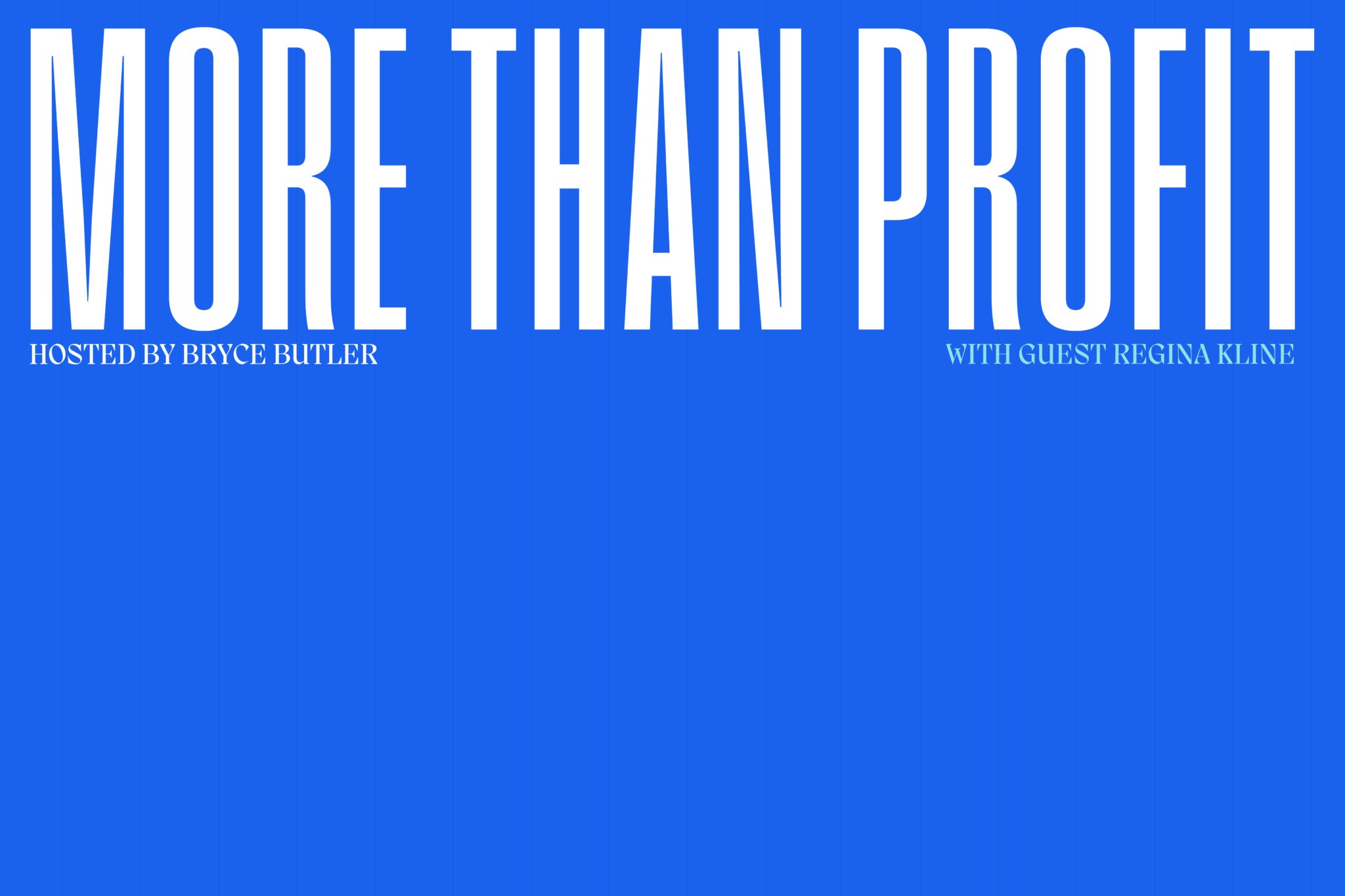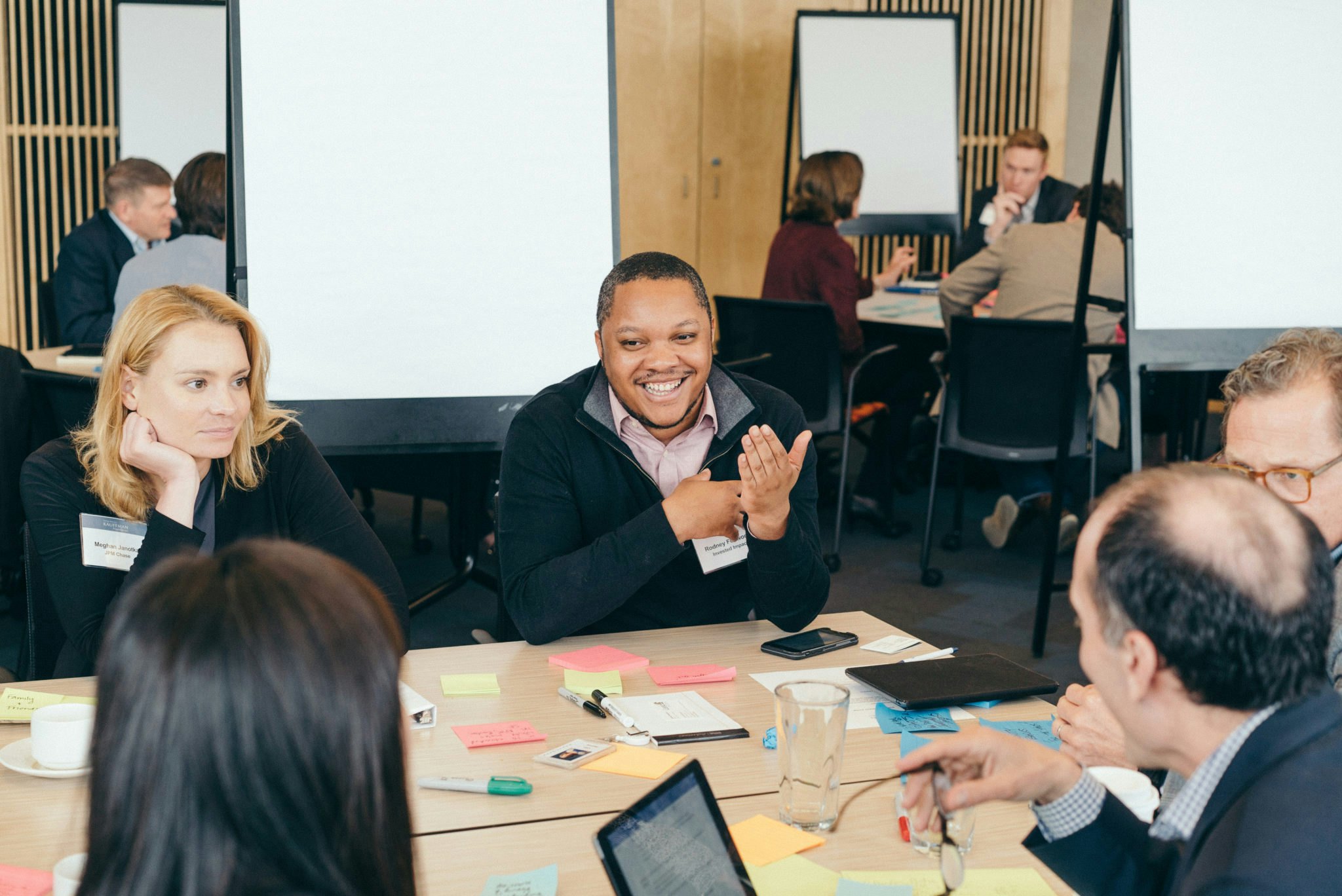Five Questions With Ross Baird
In the middle of the controversial discussion around the Tax Cuts and Jobs Act of 2017, a new community development program, the Investing in Opportunity Act, passed with overwhelming bipartisan support as it is intended to encourage long-term investments in low-income urban and rural communities nationwide. As a part of the act, each state governor has designated up to 20% of their low and moderate income (LMI) census tracts as Opportunity Zones. The Opportunity Zones program provides a tax incentive for investors to re-invest their unrealized capital gains into Opportunity Funds that are dedicated to investing into Opportunity Zones designated by the chief executives of every U.S. state and territory.
Access Ventures wants to play a role in implementation to help make the best case scenario the most likely one. We are exploring setting up a Qualified Opportunity Fund (or Funds) to build on work that we have done in communities such as Louisville, Tulsa, and Columbus, and explore opportunities in many more. We recognize that to be successful, it will require partnerships to achieve the desired outcome of this legislation, which is why we are also partnering with Ross Baird, Venture Partner at Access Ventures, to explore the potential for developing an investment strategy to bring jobs, development, and innovation to Opportunity Zones.
We recently sat down with Ross Baird to ask him five questions about Opportunity Zones and what role they can play in helping underestimated entrepreneurs change their communities. Watch the video below to see what he had to say.
What excites you most about Opportunity Zones?
At a national level its really easy to look at what’s happening in politics and what’s happening in business and get really discouraged. But as I travel across the country, the women running a bakery, or the guy who wants to create a business for his dry rub, or two doctors that have started technology company that help people manage diabetes, or a woman realized that indigo, which dyes this coat, could be a crop that can brings livelihoods to former tobacco farmers. These people all across the country are the ones that have the hope and the optimism and the energy.
Entrepreneurs are not at the center of our conversation around capitalism today. It’s the Dow Jones, we wonder about how the big companies are doing. Entrepreneurs are not at the center of political discussion, they are an afterthought and entrepreneurs are still persisting and growing. We have a chance to design a way the capitalism can be driven by entrepreneurs at the center and entrepreneurs can revitalize communities instead of communities waiting for the government to do something to help them, or asking “Please, please big company, can you drop a headquarters in my town?” People move from helpless supplicants to masters of their own destiny and being able to turn helplessness into access and agency, entrepreneurs are already doing it we can put some fuel on the fire.
What kinds of entrepreneurs are Opportunity Zones targeting?
We need a new narrative for entrepreneurship. Most people who are starting businesses, when they hear the word entrepreneur, they don’t think it applies to them. They think it applies to a guy who looks like me that lives in a coastal city and probably has a latte and a laptop and is trying to be the next Mark Zuckerberg and that’s an image that is not accessible to most people who are trying to build their dreams. Yet most people who are living and working and building and dreaming and making in Opportunity Zones don’t look like that image.
Here we have a chance to reframe the narrative. We have a chance to say… a young African-American women who has a vision for a food services company that could be worth hundreds of millions of dollars but no one invested in her because she was in West Louisville now has a potentially much larger pool of capital to draw from. I think we can change the face of what entrepreneurship looks like by investing in people all across the country and creating a thousand different data points: that our country is much more dynamic then what we might see.
Entrepreneurs are not at the center of our conversation around capitalism today.
How will Opportunity Zones affect underestimated entrepreneurs?
Today, our capital markets are completely broken. 1% of businesses raise venture capital yet if you look at Google or Facebook or Shark Tank, venture capital gets the lion’s share of attention. We spend a lot of time thinking of microfinance and bank loans, 18% of businesses ever get a bank loan. We’ve been focused on two ends of the spectrum: high growth, high tech and small business lending. 81% of businesses are in the middle and never interact with the formal financial institution. We need to think what the future of what a bank looks like, what does an investment firm look like? Investment firms have not served entrepreneurs very well. Look at the global financial crisis to take a look at it. We’ve got a lot of national momentum and energy and creativity around how to create new vehicles and thinking about what the 21st century economy looks like, and designing the next generation bank or financial fund or other financial infrastructure, is our opportunity. Our banking system was created for a goods economy. You have a physical asset, I give you a loan, you make something, that’s your collateral. Today, 70% of businesses starting are services businesses and even our banking infrastructure and plumbing doesn’t match what’s happening on main street everyday. We need to make capital as a tool work for the people and ideas that are growing up rather than have people beg for what capital says it wants.
Are Opportunity Zones just an urban catalyst? What about rural areas?
The firm I founded, Village Capital, in 2012 launched a sustainable agricultural program with Access Ventures here in Louisville. That actually has been, of all our verticals, our most profitable investment and most of these businesses are from rural areas. We’ve got a company called Stony Creek Colors and it was founded in northern Tennessee to try and figure out what can tobacco farms… Kentucky and Tennessee have tens of thousands of farms that used to grow tobacco and now don’t have income generating assets… Stony Creek figured out that indigo, which goes into into this blue blazer, is a high quality cash crop that has similar soil requirements to tobacco. We invested, we were the first investor. They are one of these companies that are stuck in the middle. Banks thought they were to risky, venture capitalists thought they weren’t high-growth enough. Now, they’re a major supplier to companies like Levi’s that are turning formaldehyde-based blue dye into natural indigo dye and they have created jobs for tobacco farmers in rural Tennessee. They are in an Opportunity Zone.
If you are inspired by that story there are opportunities all across rural America. The average family farmer’s income dropped 50% in just 5 years. Access to capital and finance and markets and supply chain is a big reason why. We need a massive investment in the infrastructure for rural entrepreneurship and there are Opportunity Zones all across the country that can do it.
I’m so excited by the idea of entrepreneurs driving and creating a vision for what the future of their communities can look like.
Final thoughts?
We need to move quickly to propose a vision of what an inclusive Opportunity Zone investment strategy would look like. I’m so excited by the idea of entrepreneurs driving and creating a vision for what the future of their communities can look like and getting the capital to do so. But absent us who care about this vision putting something forward it will not happen.
New market tax credits where created for a similar purpose, to spur entrepreneurial development in over looked parts of the country, yet if you look 20 years later almost every new market tax credit fund that’s been raised is a real-estate fund. I talked to people who are involved in the creation and the devolvement of the legislation and they said the first few funds to market where all real-estate funds, then most of the capital market tends to be a follower and not a leader, and they said there weren’t any leaders at the beginning who were putting entrepreneurs at the center of the investment strategy so no one adopted it. If people who care about entrepreneurs driving communities don’t take intentional steps to put ideas out there, put playbooks out there, put pilot funds out there, the market will not put entrepreneurs at the center of the conversation and that’s a once-in-a-generation missed opportunity. But I’m excited to work with great people all across the country to imagine and envision what it looks like to put entrepreneurs at the center of forming capital in communities and try pilots, see what we learn, see what we’re missing, see where we can grow.
Lastly, on Tuesday, July 24th, Ross shared with his testimony before the U.S. House Committee on Small Business. You can read his testimony and gain greater insight into the opportunity we have before us to leverage opportunity zones to increase capital to underestimated entrepreneurs. To learn more about Opportunity Zones and to stay up to date on our most recent work subscribe to our newsletter.



